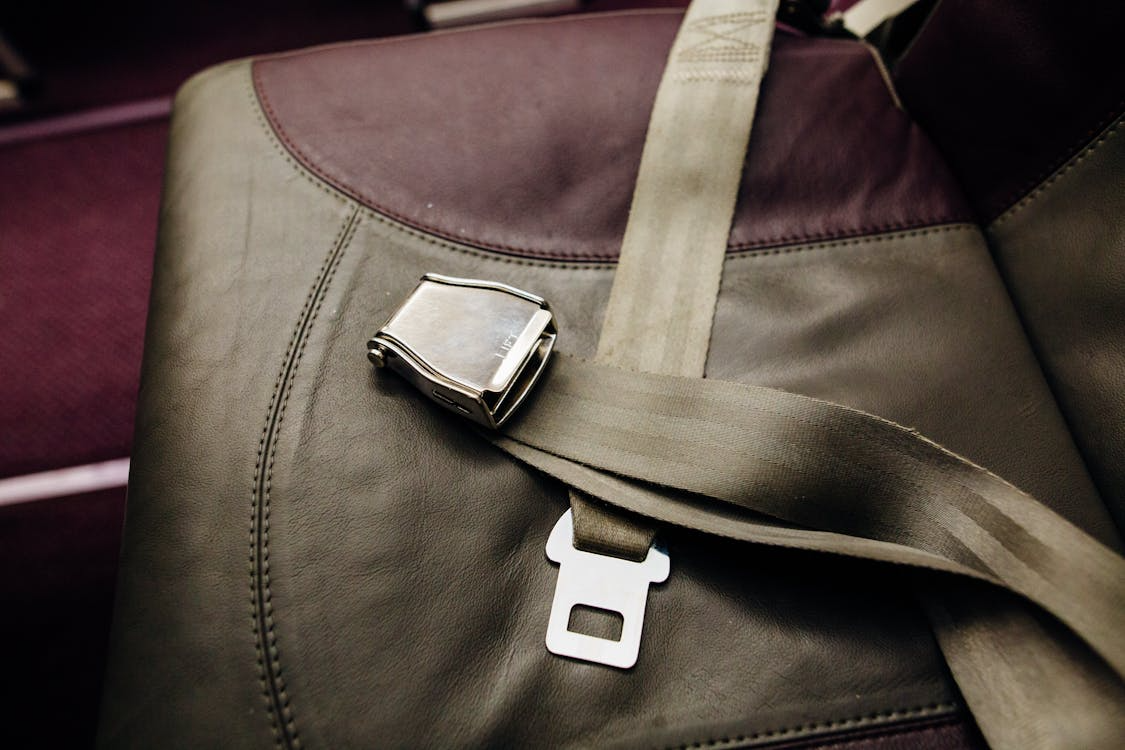
The war on road deaths is entering a new era—and Canberra’s drivers are about to feel the change.
From 3 November, cutting-edge cameras capable of spotting an unbuckled seatbelt from metres away will be rolled out across the ACT.
Fines of $574 will apply immediately, with no warnings or grace period in sight.
But before panic sets in, there’s a silver lining—research shows that 70 per cent of people killed in crashes without seatbelts were aged under 50, suggesting older Australians are already doing the right thing when it comes to buckling up.
The ACT is now the third jurisdiction to embrace seatbelt-detecting technology, joining New South Wales and Victoria.
New South Wales rolled out its cameras on 1 July 2024, and the results have been startling.
Seatbelt violations jumped from 17 fines per 10,000 licence holders in 2023 to 131 per 10,000 in 2024 once cameras went live.
Meanwhile, Victoria recorded 19,063 seatbelt offences in just the first three months of 2025—proof that countless drivers were slipping through the cracks before technology intervened.
'Seatbelts save lives, it's as simple as that.'
These aren’t just statistics—they represent lives that could be saved.
Wearing a seatbelt doubles your chance of surviving a serious accident, and around 15 per cent of annual road deaths in New South Wales still involve seatbelt non-usage.
The ACT’s existing mobile device detection cameras will now use artificial intelligence to identify seatbelt offences by both drivers and passengers.
Each camera trailer is fitted with two high-resolution infrared cameras capable of capturing clear images day or night, in any weather.
Artificial intelligence reviews the images first, filtering out those without potential offences before sending flagged cases to human reviewers.
Officials have confirmed that the system does not use facial recognition technology, addressing growing privacy concerns.
For drivers and passengers with genuine medical reasons for not wearing seatbelts, the process to handle fines has been streamlined.
Those with exemptions can submit their documentation directly to Access Canberra if they receive a fine.
The ACT has also considered the unique challenges faced by people with medical exemptions who use rideshare services—allowing them to resolve fines directly with authorities instead of burdening drivers.
Medical exemptions for seatbelts
If you have a medical condition that prevents you from wearing a seatbelt properly, you can apply for an exemption through your state's transport authority.
Keep documentation with you and submit it directly to authorities if you receive a camera-issued fine.
Authorities have clarified that this initiative targets more than just unbuckled seatbelts—it’s also about ensuring they’re worn correctly.
The law requires seatbelts to be ‘properly adjusted and fastened’, meaning the clasp must be buckled, the lap belt must sit low and firm on the hips, and the sash must go over the shoulder, not under the arm.
Testing has revealed many drivers still wear seatbelts incorrectly, significantly reducing their protection in a crash.
The cameras are also designed to detect multiple offences simultaneously.
If a driver is caught using a mobile phone while failing to wear a seatbelt properly, they’ll receive two separate $574 fines.
Attorney-General Tara Cheyne noted that this reflects existing police powers, where multiple fines can be issued during a single traffic stop.
Your options if you receive a fine
- Review the images and circumstances carefully
- Apply for a review if you believe the fine was issued incorrectly
- Request a payment plan if you're experiencing financial hardship
- Submit medical exemption documentation if applicable
- Seek legal advice for complex situations
The ACT government has confirmed that payment plans will be available for those experiencing financial difficulty, acknowledging that many seniors live on fixed incomes.
Officials have stressed that revenue from these fines won’t vanish into general government coffers—all proceeds will go directly into road safety programs, infrastructure improvements, and awareness campaigns.
Despite 97 per cent of Victorians claiming they always wear seatbelts, more than 130 vehicle occupants killed on Victorian roads in the past five years weren’t buckled up—a quarter of all known cases.
That gap between perception and reality explains why camera technology is proving so valuable.
New South Wales and Queensland, which introduced similar camera systems earlier, have reported substantial declines in mobile phone violations, suggesting consistent behavioural improvements over time.
The ACT’s rollout will begin with five cameras—three portable and two fixed—strategically placed along Canberra’s key routes.
From 3 November, they’ll be watching for mobile phone use and ensuring every seatbelt in every vehicle is fastened correctly.
For most seniors, this is less a crackdown and more a confirmation of their long-standing commitment to safety.
What This Means For You
From 3 November, Canberra will roll out seatbelt-detection cameras capable of identifying unbuckled or incorrectly worn seatbelts using advanced AI technology. The new system comes with $574 fines and zero warnings, so even the most cautious drivers will need to stay alert.
While older Australians are already among the safest on the road when it comes to wearing seatbelts correctly, this rollout is a timely reminder to double-check before every trip. The good news is that every dollar collected from these fines will go straight back into road safety programs—not government pockets—helping make Australian roads safer for everyone. So before you start your next drive, make sure that click is tight and right—it’s a small habit that could save your life.
While new seatbelt detection cameras are set to make Canberra’s roads safer, they’re also part of a broader shift toward stricter driving regulations nationwide.[/p}
Authorities are increasingly focusing on how age, health, and driving ability factor into safety policies.
If you’re curious about what other changes could be on the horizon, this next story offers valuable insight into those evolving rules.
Read more: Buckle up, seniors! New driving regulations could target elderly licence holders
Cameras to detect seatbelt offences — Our Canberra
From 3 November 2025, ACT traffic cameras will begin detecting seatbelt offences and issuing $574 fines immediately, using AI through the state’s existing mobile phone detection system.
https://www.act.gov.au/our-canberra/latest-news/2025/october/cameras-to-detect-seatbelt-offences
Seatbelt statistics — TAC — Transport Accident Commission
Research shows that 70 per cent of people killed in crashes without seatbelts were under 50, and despite 97 per cent of Victorians claiming to always wear seatbelts, over 130 fatalities in five years involved unbuckled occupants.
https://www.tac.vic.gov.au/road-safety/statistics/summaries/seatbelt-statistics
Cameras to enforce seatbelt law from July 1 | NSW Government
New South Wales expanded its mobile detection cameras to target seatbelt offences from 1 July 2024, with all revenue directed to road safety initiatives and awareness campaigns.
https://www.nsw.gov.au/media-releases/cameras-to-enforce-seatbelt-law-from-july-1
Police enforcement | National Road Safety Data Hub
Following the rollout of detection cameras, New South Wales saw a sixfold rise in reported seatbelt offences, while long-term data shows behavioural improvements and declines in mobile phone violations.
https://datahub.roadsafety.gov.au/safe-systems/safe-road-use/police-enforcement
Mobile phone and seatbelt detection cameras | vic.gov.au
Victoria’s AI-powered camera network recorded over 19,000 seatbelt and mobile phone offences in the first quarter of 2025 and confirmed no facial recognition technology is used in its system.
https://www.vic.gov.au/mobile-phone-and-seatbelt-detection-cameras
Do you think expanding camera detection to include seatbelt offences will make Australian roads safer—or is it going too far?







